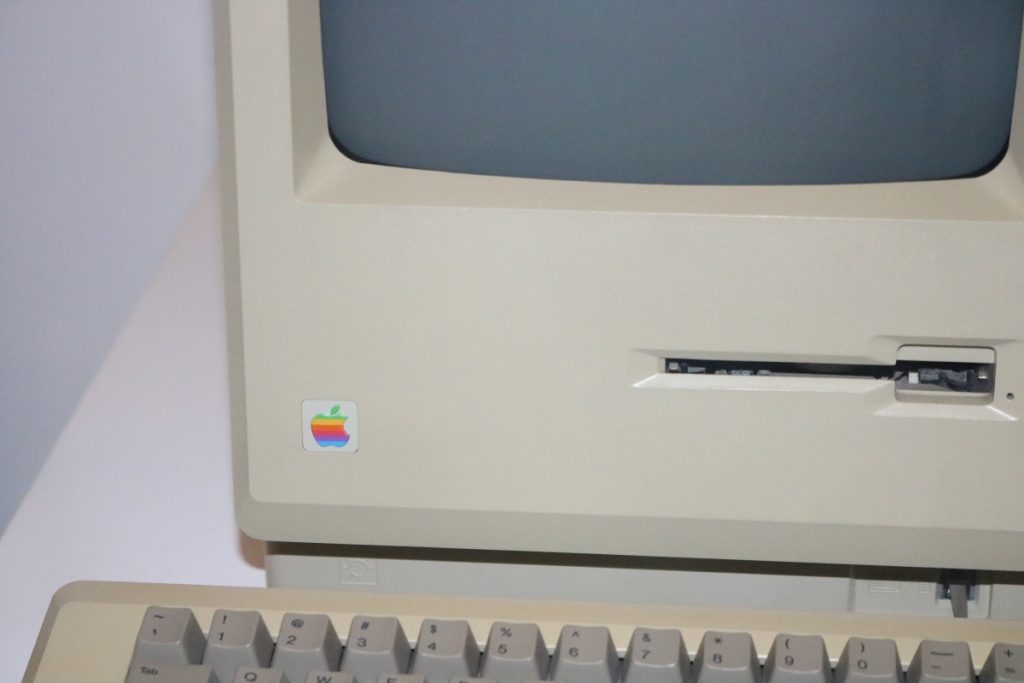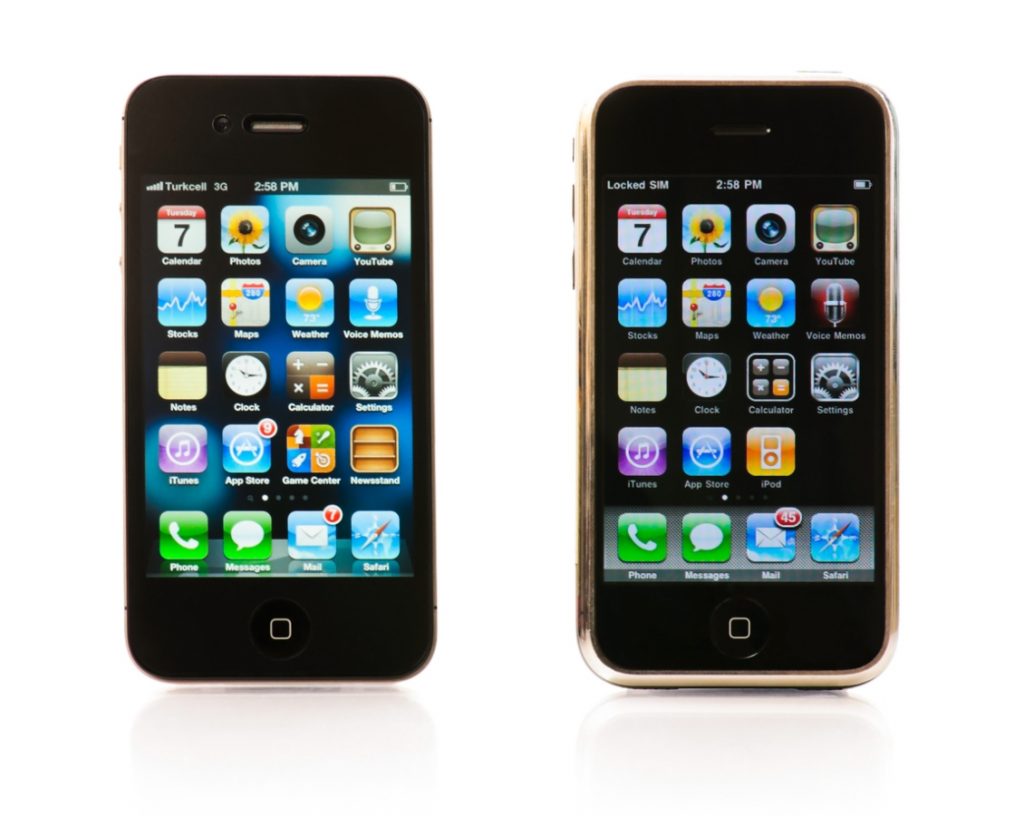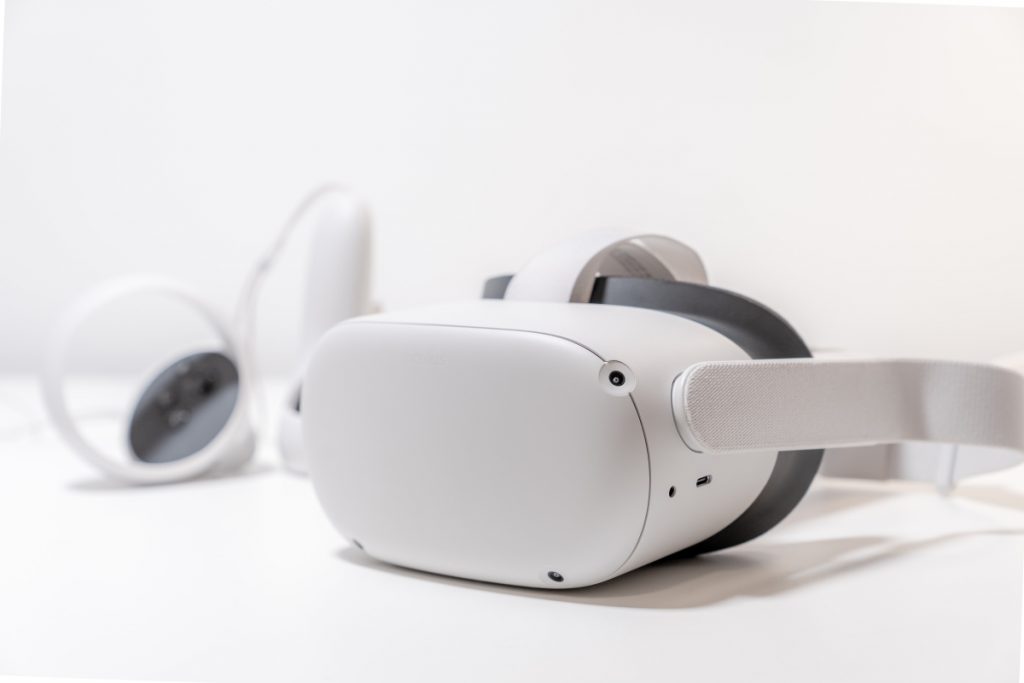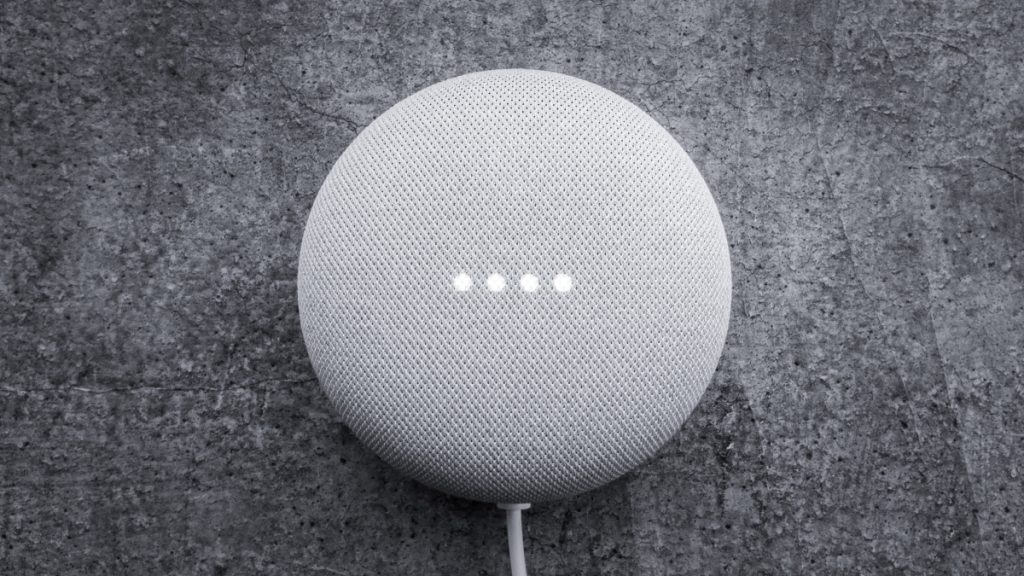
“In the beginning, e-commerce was very utilitarian. You knew what you wanted before you turned on your PC, you clicked on it and you bought it. The first really successful organizing layer on top of the web, search, was also very utilitarian and, of course, so was the first big online advertising model, which was explicitly based on search. But ever since then, e-commerce, discovery and advertising have been moving and expanding across the spectrum – expanding from utility to experience, and from search and lists to suggestion and discovery.” – Benedict Evans
eCommerce is booming. According to Emarketer.com “retail ecommerce sales grew 27.6% for the year 2020, for a total of $4.280 trillion”. The pandemic has forced more people online so e-commerce, unlike many industries, has flourished over the last two years.
But as Benedict Evans suggests above, e-commerce has been changing ever since it began. Those changes have been primarily driven by changing behaviors outside the industry itself.
So how did it all begin and just where is eCommerce going to go?
Let’s find out.

Evolution Of eCommerce – The First Steps
eCommerce has been around a lot longer than most people think. We tend to think of eCommerce from the early 00’s onwards. But it’s actually been around since the 1970’s.
Michael Aldrich, a British entrepreneur, connected a TV to a real-time transaction processing computer via a phone line in 1979. Thus inventing what we now call eCommerce.
Things really started moving in the mid 1990’s. Ebay and Amazon were founded in 1995 and online sales surpassed $1 billion in 1996. Which is when Google Search was born as a project at Stanford University.
But how people shopped online was very different in the 1990’s. As Benedict Evans says, the experience was utilitarian. The purchase journey was simple, the user wanted something, they visited a site and they bought it. Internet adoption was also still low.
But things were about to change…

Evolution Of eCommerce – Search Explodes, So Does eCommerce
Google may have been around, in some form, in 1996 but it wasn’t until the invention of PageRank that things started moving.
It is not a stretch to say that the invention of PageRank shaped the modern internet, and by extension modern life. It is one of the biggest inventions in history.
The world now had a product that could return results of a search query in seconds. This changed how users shopped. Discovery started to become a crucial part of the online shopping experience, with users searching, comparing prices and finding things that they really want.
This would prove to be incredibly profitable for Google. AdWords launched in the year 2000, initially on a pay-per-impression basis. Initially ads would only appear on the right hand side of the search engine results page, radically different to today’s search results. There was also no quality score or spam regulation. If you had the money you would appear at the top.
Eventually Google moved towards a pay-per-click model in 2002 and folded in factors such as relevance into the bidding process. This provided a better and more secure experience for shoppers, further increasing trust in this new fangled thing called eCommerce! It also brought about the birth of the Search Engine Marketing industry.
Innovations in search had a demonstrable effect on the adoption of eCommerce. These innovations provided an avenue for users to get what they needed quickly. Turning the utilitarian paradigm of the first iteration of eCommerce into primitive digital shopping experiences.

Evolution Of eCommerce – The Rise Of The Smartphone
According to techjury.net, mobile accounted for 67.2% of all eCommerce at the end of 2021.
But how did we get here?
The first Apple iPhone launched in 2007 and caused a ripple effect across the mobile industry. Mobile phones became smartphones with big screens and intuitive interfaces. Before the iPhone many people bought phones on the strength of their camera. Post-iPhone, apps and services became the main driver in smartphone sales.
eCommerce transactions on mobile devices exploded from there. By October 2016 mobile overtook desktop as the main traffic source on the internet. This radically changed eCommerce. People began to shop on the move and expected a fast, seamless experience from the sites they used. Google began to prioritize mobile search results in 2017, shifting the eCommerce purchase journey towards the mobile-first era.
This moved eCommerce towards what we know it as today. The digital experience evolved past desktop devices and into the “omnichannel” or O2O era.

Where eCommerce Might Be Going
So better quality search results and changing trends in the devices we use have both powered evolutionary leaps in the eCommerce industry.
But what’s next?
We have picked four trends to look out for that could power the next evolution in eCommerce.
Personalization
Personalization is the next step in the evolution of online and offline shopping experiences.
AI and machine learning make it possible to collate massive amounts of customer data, derive insights from it and deliver unique personalized experiences to customers. People prefer personalized shopping experiences and new technology helps businesses to rapidly adapt their offerings based on emerging customer needs.
Personalization is here now and it will continue to evolve at a rapid pace, becoming a base expectation for consumers.
Social Commerce And “Shoppertainment”
C2C social commerce is already here. Lazada, Shopee, Facebook and Instagram already offer it. But while adoption of social commerce in SEA and ASEAN is high, it has not yet reached the same heights around the world. eCommerce platforms that offer social experiences and engagement are likely to become more common in the west, where quick eCommerce purchase experiences are still more popular. But with more eCommerce platforms becoming “gamified” engagement with customers is more of a factor and will become more important in the years to come.
5G
5G is not just a new technology for consumers; it will shake up supply chains and enable real time stock tracking in back end systems. This will have a big impact on eCommerce companies. Combined with the increased take up of IoT (Internet of Things) technology this is sure to radically alter how people shop on and offline.
AR & VR
While VR has previously been a niche entertainment technology, the advent of 5G could see more dynamic, daily life use cases for consumers. People will consume more entertainment in VR but could also use it for digital commerce. AR is already here. Companies like Ikea have placed AR functionality in their apps and for shopping on the move, AR has some very interesting applications in the eCommerce space.
The combination of 5G, AR and VR could be the next “mobile” for eCommerce companies. But the potential is there. AR in search, for example, could change how people shop for anything from TVs to clothes.

What It All Means
eCommerce has rapidly evolved and changed since the year 2000. Mass broadband adoption, smartphones, better mobile internet technology (remember WAP?) have combined with changes in consumer behavior to create the eCommerce landscape that we know today. The pandemic has turbocharged the next phase of evolution in eCommerce. So commerce businesses need to prepare themselves for rapid shifts over the next few years.

Talk to MAQE
Want to prepare your business for the next phase of eCommerce? Talk to MAQE via [email protected]. We specialize in personalized commerce and have worked in a variety of industries over the years. We can help you on your digital transformation journey so you can adapt to the rapidly evolving commerce landscape.
